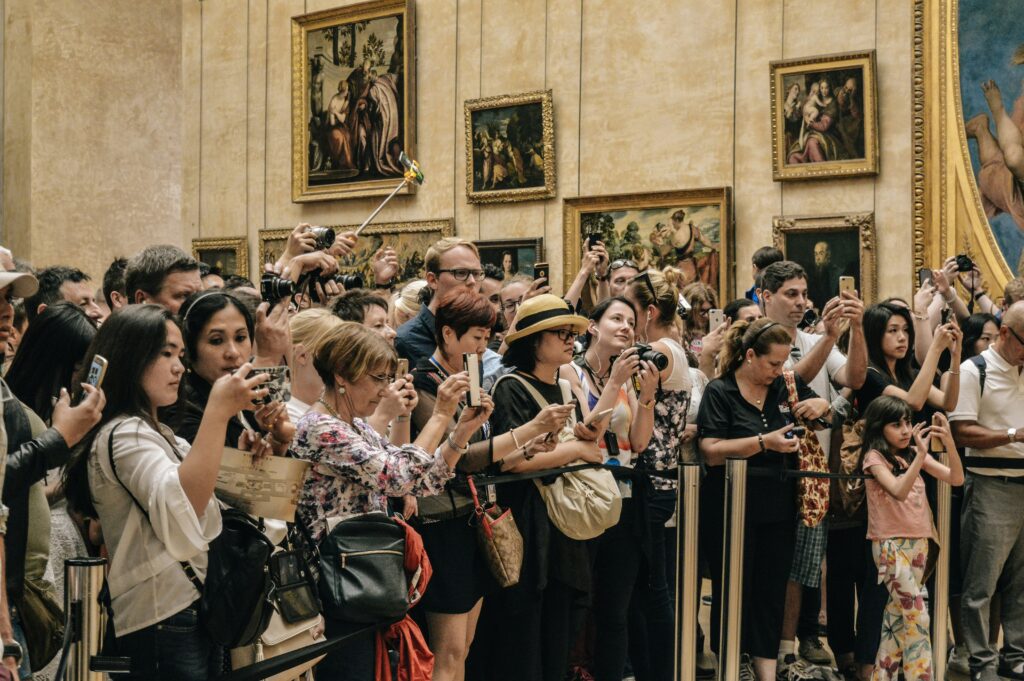The Most Famous Riddles in Literature and Pop Culture
Riddles have always been a captivating part of storytelling, adding layers of intrigue and complexity to literature and pop culture. They serve as mental puzzles for characters to solve, revealing hidden truths or unlocking crucial plot points. From ancient myths to modern-day films, riddles have played a significant role in enriching narratives and engaging audiences. In this blog, we will explore some of the most famous riddles in literature and pop culture, highlighting their impact and enduring appeal.
Riddles in Ancient Literature
One of the earliest and most famous riddles in literature is the “Riddle of the Sphinx” from Greek mythology. According to legend, the Sphinx, a mythical creature with the body of a lion and the head of a human, guarded the entrance to the city of Thebes. To pass, travelers had to solve her riddle: “What walks on four legs in the morning, two legs at noon, and three legs in the evening?” The riddle describes the stages of human life—crawling as a baby, walking on two legs as an adult, and using a cane in old age. Oedipus famously solved the riddle, leading to the Sphinx’s demise and his eventual rise as the king of Thebes. This riddle has endured for centuries, symbolizing the journey of life and the importance of wisdom.
In Norse mythology, riddles are a common motif used to test the wit and knowledge of gods and heroes. The Poetic Edda, a collection of Old Norse poems, features several riddles, including the famous contest between Odin and the giant Vafthrudnir. In this intellectual duel, the two exchange riddles about the cosmos, fate, and the gods, with Odin ultimately outsmarting the giant. These riddles not only showcase the characters’ intelligence but also provide insights into Norse beliefs and cosmology.
Riddles in Classic Literature
Riddles have also found their place in classic literature, often serving as pivotal moments that challenge characters and drive the plot forward. One of the most well-known examples is from J.R.R. Tolkien’s “The Hobbit,” where Bilbo Baggins encounters Gollum in a dark cave. To escape, Bilbo must win a riddle contest against Gollum, with his life hanging in the balance. The exchange of riddles between the two characters creates a tense and thrilling scene, ultimately showcasing Bilbo’s cleverness and resourcefulness. The riddles in this scene, such as “This thing all things devours: birds, beasts, trees, flowers; gnaws iron, bites steel; grinds hard stones to meal; slays king, ruins town, and beats high mountain down,” add depth to the story and highlight the importance of wit in overcoming challenges.
In Lewis Carroll’s “Alice’s Adventures in Wonderland,” riddles and wordplay are central elements that reflect the whimsical and nonsensical nature of Wonderland. The Mad Hatter’s famous riddle, “Why is a raven like a writing desk?” is a prime example of Carroll’s playful use of language. While the riddle initially seems solvable, it ultimately has no answer, illustrating the absurdity and unpredictability of Wonderland. Carroll’s use of riddles and puzzles throughout the story engages readers and invites them to explore the limits of logic and reason.
Riddles in Modern Pop Culture
Riddles continue to captivate audiences in modern pop culture, appearing in films, television shows, and even video games. One of the most iconic uses of riddles in film is in the 1997 movie “Batman & Robin,” where the villain Riddler, played by Jim Carrey, uses riddles as his signature modus operandi. His riddles, such as “The more you take, the more you leave behind. What am I?” (answer: footsteps), serve as clues for Batman to solve and add a layer of intellectual challenge to the story.
In the Harry Potter series, J.K. Rowling incorporates riddles as part of the Triwizard Tournament in “Harry Potter and the Goblet of Fire.” During the tournament’s final task, Harry encounters a Sphinx guarding the path to the Triwizard Cup. The Sphinx presents Harry with a riddle: “First think of the person who lives in disguise, who deals in secrets and tells naught but lies. Next, tell me what’s always the last thing to mend, the middle of middle and end of the end? And finally give me the sound often heard during the search for a hard-to-find word. Now string them together, and answer me this, which creature would you be unwilling to kiss?” The answer is “spider.” This riddle not only challenges Harry but also adds an element of suspense and intrigue to the story.
Riddles are also prominent in video games, where they are used to challenge players and enhance the gaming experience. Games like “The Legend of Zelda” and “Tomb Raider” feature puzzles and riddles that players must solve to progress through the game. These riddles often require creative thinking and problem-solving skills, making the gameplay more engaging and rewarding.
The Enduring Appeal of Riddles in Storytelling
Riddles have remained a popular storytelling device because they engage the audience’s intellect and curiosity. They encourage readers and viewers to actively participate in the narrative, trying to solve the puzzles alongside the characters. This interactive element creates a deeper connection between the audience and the story, making the experience more immersive and memorable.
Moreover, riddles often serve as metaphors or symbols, adding layers of meaning to the narrative. They can represent a character’s journey, challenge their beliefs, or foreshadow future events. In this way, riddles enrich the story and provide opportunities for deeper analysis and interpretation.
Conclusion
From ancient myths to modern films, riddles have played a significant role in literature and pop culture. They challenge characters, drive the plot, and engage audiences in unique ways. Whether used to test wit, convey themes, or add suspense, riddles have proven to be a timeless and versatile storytelling tool. As long as there are stories to be told, riddles will continue to captivate and entertain audiences around the world.


